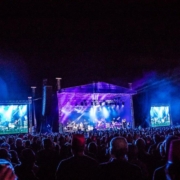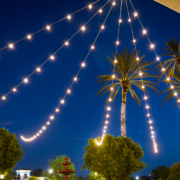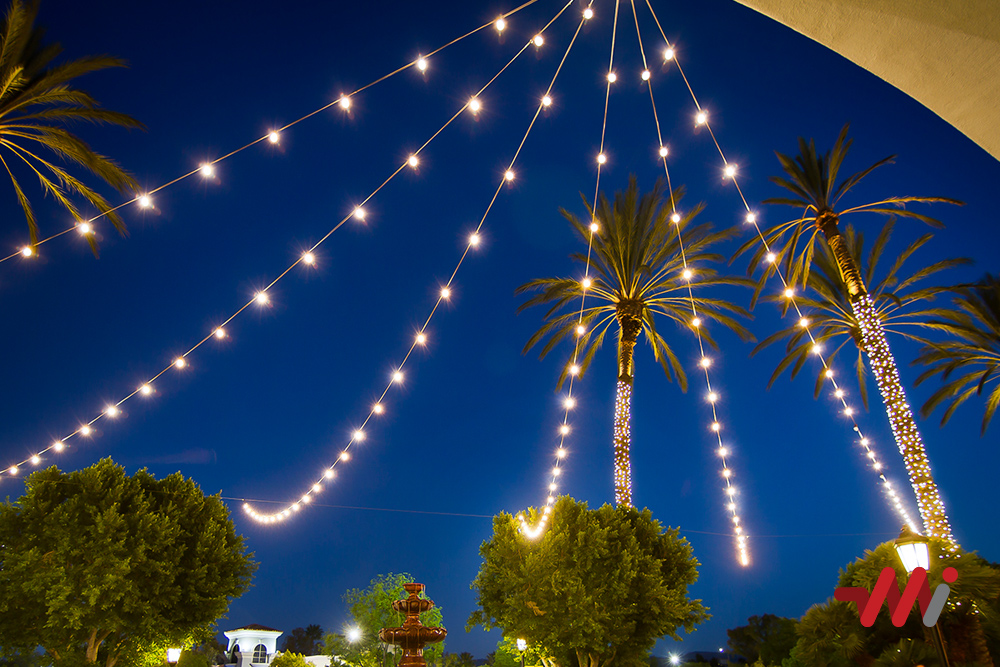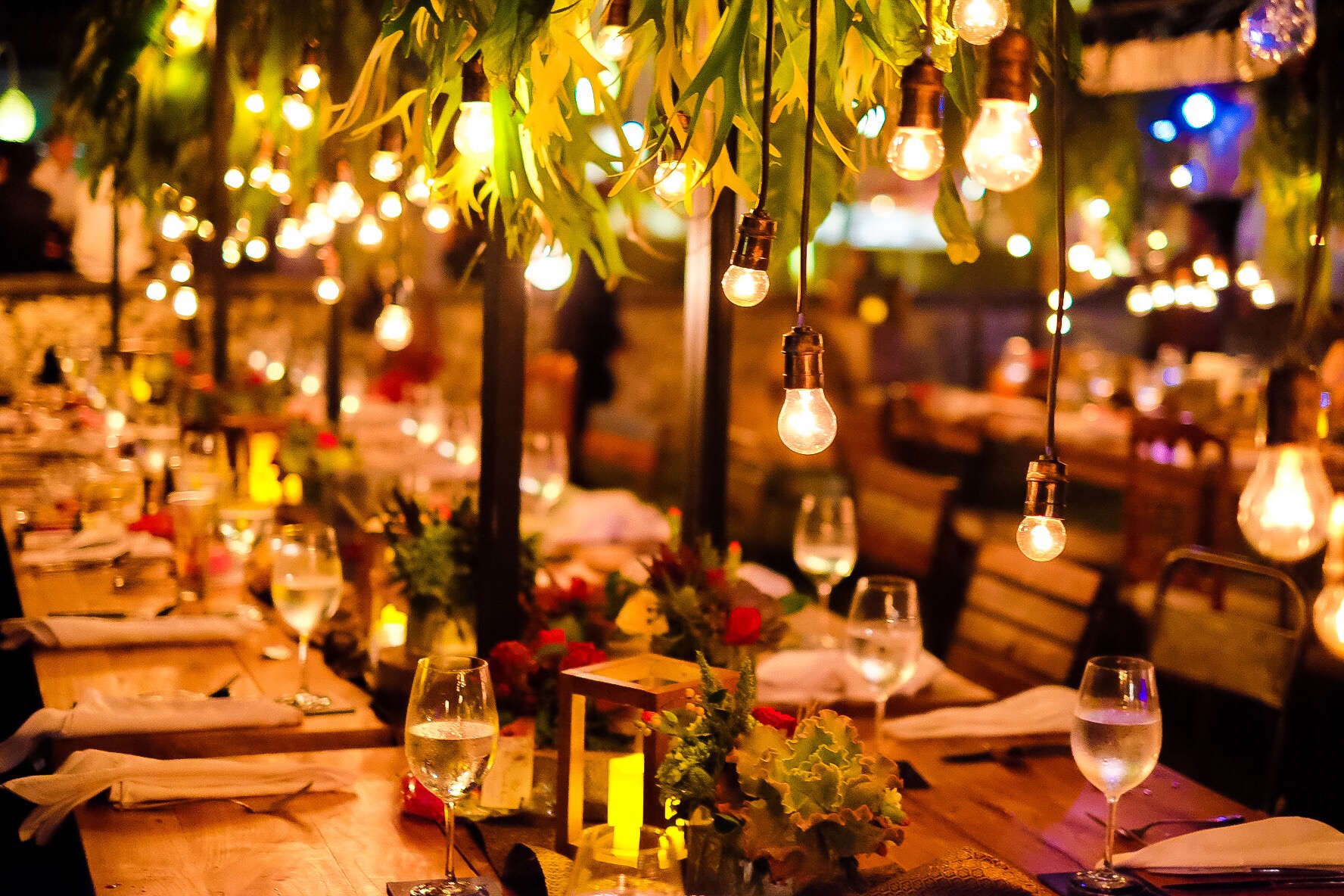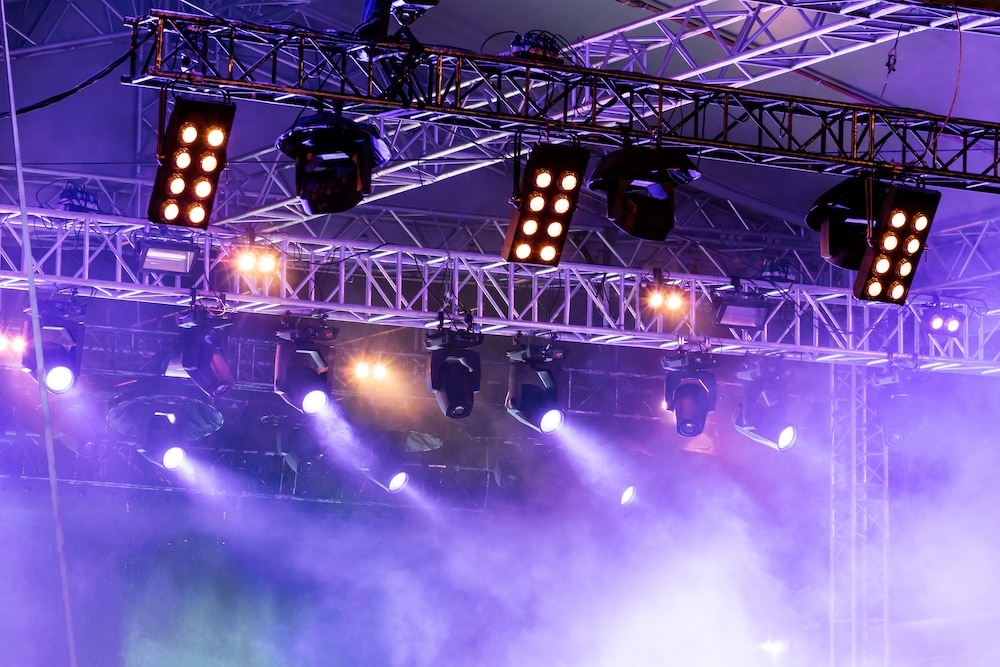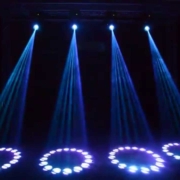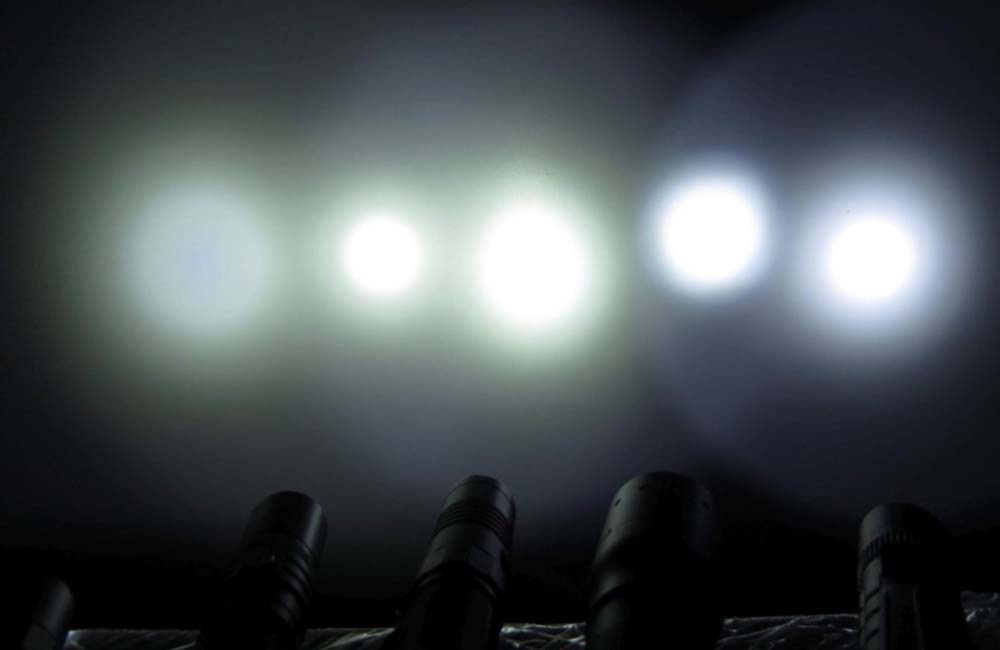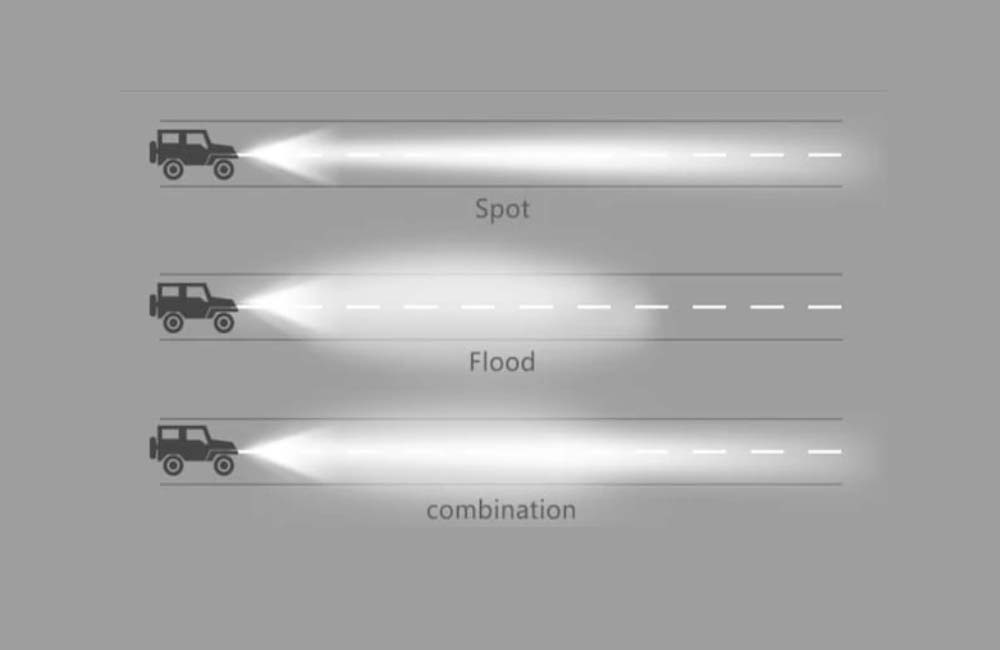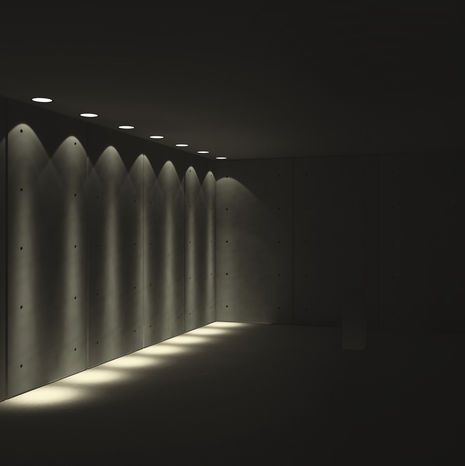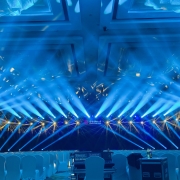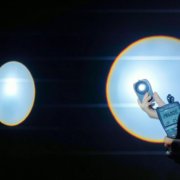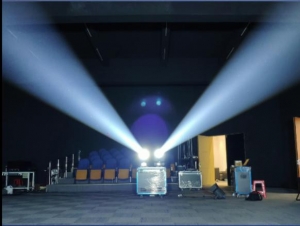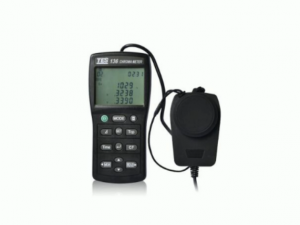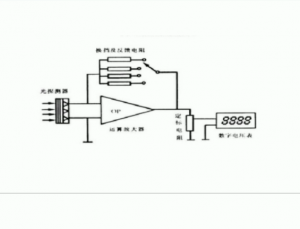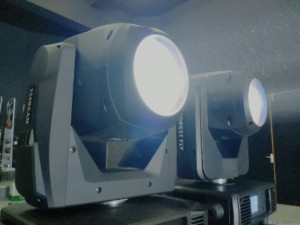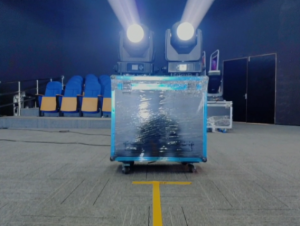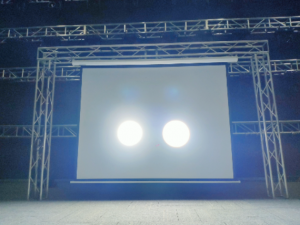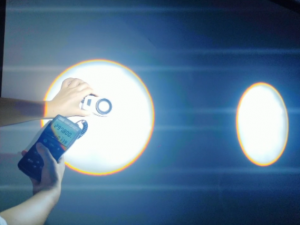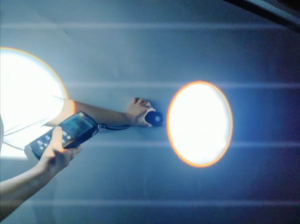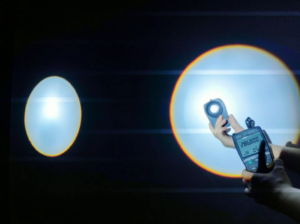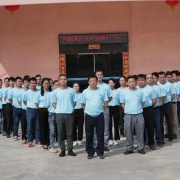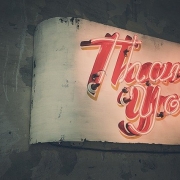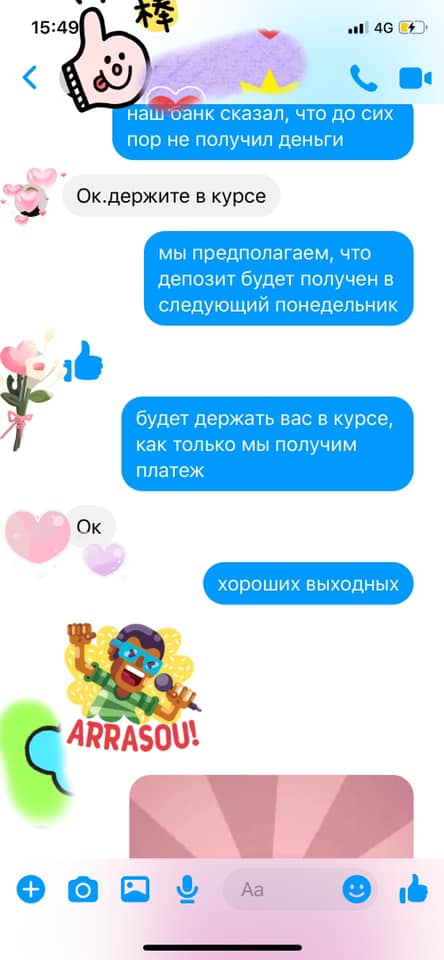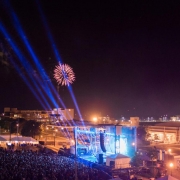An Ultimate Guide on LED Moving Head Light Fixtures and Their Maintenance
LED moving head light fixtures can be great. Whether you want to host a concert or any other show, the LED moving head lights will are the perfect choice for you. They will not only create epic lighting but will bring out the wow factor in your event. Your show or event will be the talk of the town for weeks or even months. Great, isn’t it? This is the reason that these LED moving head light fixtures are gaining so much popularity and are the talk of the town.
Want to know more about the LED moving head lights? We have prepared an in-depth article for you on LED moving head light fixtures and their maintenance. Stay tuned and you will find everything that you need to know below.

What Is an LED Moving Head Light?
Also known as Yoke, the LED moving head light is a lighting fixture. These lights allow the operator to place the beams anywhere on the stage. These light fixtures are composed of a base with an arm on top of them. The bases of the lights are constructed with a motor. These motors can rotate the arms of the light fixtures by 360 degrees. What’s more, the arm also contains a motor that can rotate the LED moving head light by 180 degrees. To get accurate positioning, the majority of the moving head lights use a 16-bit tilt system.
Why are LED Moving Head Light Fixtures a Great Investment?
The LED moving head light fixtures not only throw punch beams of lights in the air but they are also great for throwing long beams and striking lights. In addition to this, many other reasons make these lights a great investment. Let’s take a look at some of them below.
1. Small and Compact
Nobody wants to install moving head lights that take up too much space in the event. This is where LED moving head lights can come to your assistance. These lights are extremely small and compact. They will not take up much space on the stage either. This is what makes these lights a perfect investment for anyone.
2. Weather-Resistant
Another great thing about moving head lights is that they are weather-resistant. Whether you want to install these lights indoor or outdoor, you can do it quite easily. Thus, you will not have to worry about the lights getting damaged by harsh weather when you install them for any outdoor event.
3. Low Power Consumption
As compared to lamp head light fixtures, LED moving lights consume extremely low power. This feature can prove to be a great advantage to the users that want to use these lights all day long.
4. Durable
Durability is the top priority of the users when it comes to buying moving head lights. This is why you must go for LED head lights as they are one of the most durable moving head lights that you will find out there.
5. Versatile
Versatility is another great feature of moving head lights. From concerts to theatres to television, you can use these lights almost anywhere. This is why they are becoming the top choice of people these days.
What are the Types of LED Moving Head Light Fixtures?
The LED moving head lights can be categorized into four main buckets. All of these fixtures are different from each other and will fulfill your different needs. So, if you are confused about which fixture will best suit you, then you don’t need to worry anymore. Let’s take a look at the different types of moving head light fixtures below.
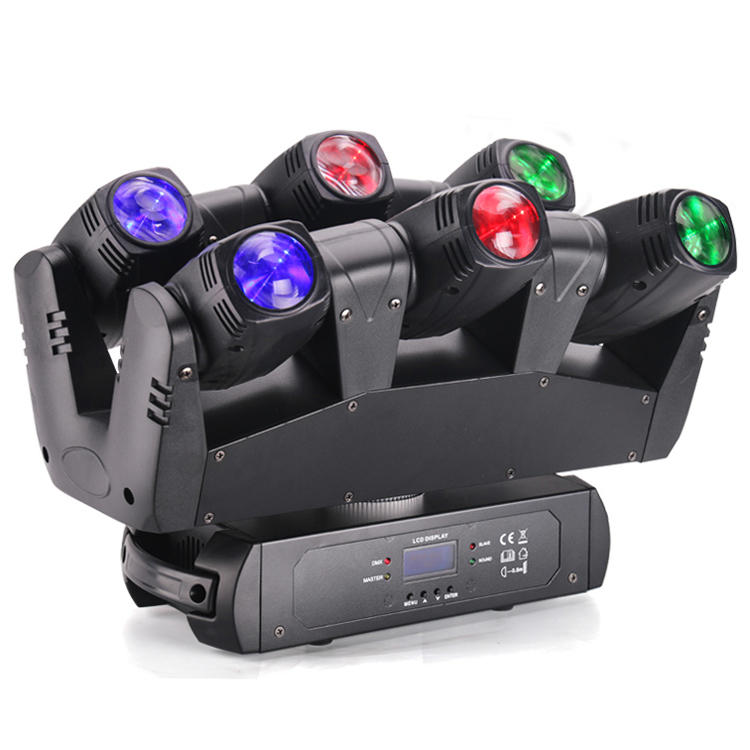
1. Wash Fixture
The wash fixture is the most common moving head light fixture that you will find out there. Its main function is to spread the light to the stage and the person. Not only this, but this fixture is also capable of changing colors to create any atmosphere that you want. Nowadays, the LED Strip Light and the LED Par are the basic levels that are used for wash fixtures in moving head lights. Some of the wash fixtures have a zooming fixture as well. This zooming feature can prove to be great in most circumstances.
2. Spot Fixture
The spot fixture is the second most common LED moving head light fixture. The main purpose of these light fixtures is to provide a definite and sharp circle of light even within the hard edge. It also means that the light provided by the spot fixture is only limited to a specific area. These light fixtures are great if you do not want to focus on the backdrop of the show. You can use the spot fixture to focus on the performer only. Another great thing about the spot fixture is that it can make excellent use of Gobo and pattern. As a result, these lights are capable of creating scenery or a texture that can amaze the audience.
3. Beam Fixture
The third most common type of moving head light fixture is the beam fixture. The main purpose of this light fixture is to shoot a beam that is extremely thin and narrow. What’s more, when this beam of light goes through the air, it does not expand much either. So, if you are looking for a light fixture that will create punch through the air and bring out something innovative and unique, then the beam light fixture is the perfect option for you. These lights will surely stand out among the other stage lights as they are extremely powerful.
4. Hybrids Fixture
If you are looking for something that will not only save you money but time as well, then you must go for the hybrids light fixture. Although hybrids fixtures are not as common or popular as the other three LED moving head light fixtures, they are still quite useful. The great thing about these lights is that they only need one installation and will do the work of at least three lights. So, you will not have to frequently worry about their installation. Thus, these light fixtures will not only save you time but money as well. What more do you want?
What Is Inside An LED Moving Head Light?
Want to know more in detail about the LED moving head light technology? Let’s take a look at what is inside a moving head light and what makes them work so perfectly.
1. Arc Lamps
The most important thing in a moving head light is its light source. The light source needs to be extremely efficient and bright. While normal stage lighting lamps are not much efficient and bright, the manufacturers use arc lamps instead. Although these lights are extremely efficient and not dimmable, they require a special power supply to work efficiently.
2. Dimming Shutter
All the moving head lights require an intensity controller. This is where a dimming shutter steps in. Since it is not possible to electronically control the intensity of these lights, the manufacturers control the lights mechanically. The dimming shutters are placed at the front head of the moving lights. These dimming shutters are controlled by a motor and they control the intensity of the stage lights.
3. Strobe Shutter
Apart from a dimming shutter, the moving head lights also consist of a strobe shutter. The main function of a strobe shutter is to cut out the lights extremely quickly. This is why these strobe shutters do not dim at first. They provide quick on and off action to the users.
4. Moving Lenses
Two of the main functions of the moving head lights are the focus and the zoom function. These functions are controlled by moving lenses. Some of the moving head lights are equipped with beam-shaping shutters as well. This allows the lights to angle the edges even from a remote location.
5. Adjustable Silk Wheels
The beam and wash fixtures in the moving head lights are equipped with adjustable silk wheels and glass frosts. As a result, the moving head lights get the characteristics of a PAR lamp.
6. Fixed Color Controller
There is a fixed color controller in a moving head light. This color controller can produce multiple color wheels within the fixture itself. To produce the light, it is filtered through dichroic glass plates in the fixture. The most prominent advantage of the fixed color controller is that it can produce excellent saturated colors. A common example of this is Dark Blue and Red color.
7. CMY Color Mixing Controller
Some moving head lights are also equipped with CMY color mixing controllers. As a result, these moving head lights can use Cyan, Magenta, and Yellow (CMY) colors to produce a vast range of colors. But, there is a disadvantage of using a CMY color mixing controller as well. This color mixing controller is not able to produce saturated colors the way a fixed color controller can do.
8. Gobos
Although gobos is one of the oldest technologies used in LED moving head lights, it is still very effective. This technology provides a lighting effect on the stage. For this, the manufacturers install gobos in moving spotlights. Mostly, gobo patterns are punched around in a fixed gobo rotating wheel. Nowadays, more advanced gobos are evolving as well to provide more intricate designs to the users.
9. Prisms
You will find prisms and other effects in a moving head light fixture as well. The main function of the prisms is to divide the light into multiple beams. As a result, the whole stage lights up with the multiple beams of lights coming out from an LED moving head light.
Where Are the LED Moving Head Light Fixtures Used?
The moving head light fixtures are gaining a lot of popularity these days. This is why they are used in many places. Want to know more about these places? Stay tuned then.
Live Events
The most common use of moving head lights is in live events. You can use them in a variety of live events such as music concerts, nightclubs, and music festivals. Nowadays, a lot of churches are using moving head lights as well. But, before you pick the moving head lights for your live event, you must consider the size of your venue first. It is because the size of the venue can directly impact the light output. The next important thing that you need to keep in mind is the durability of the fixtures. Make sure that you buy durable LED moving head light fixtures from a reputable company.

Theatre
The main aim of every theatre company is to be as diverse as possible. They keep trying different things to bring out diversity in their performance. For this purpose, they moving head light fixtures as well. These moving head lights can help them create the perfect moment on the stage. One such example is the gobo wheels. The theatre company can use the gobo wheels to bring out the variety of textures on the stage. This is why the use of moving head lights is so popular among theatre groups.
Indoor/Outdoor Installations
Moving head light fixtures are not only great for theatres, but they can prove to be equally great for indoor/outdoor installations as well. But, there are a few important factors that you need to consider before using these head light fixtures in your indoor and outdoor installation. If you want the fixture for a wet environment or outdoor use, then you must get IP65 rated fixtures. In addition to this, if you want the fixture to install it in a building, you must first check how much power is available to you. LED fixtures are the perfect option for you if you want to use the fixtures in a low-power place.
Television
The moving head light fixtures are also used in the film and television industry. That’s because the main priority of the film and the television industry is to make people look good on screen. For this purpose, they need to take into account the color temperature as it can greatly affect the skin tone of the people on the screen. This is where the moving head light fixtures can come to their aid. These fixtures will perfectly balance the color temperature. As a result, the actors will look phenomenal on screen.
Some Tips for Maintaining Your LED Moving Head Light Fixtures
LED moving head light fixtures are no doubt great. But, if you want them to stay great, then you need to look after them. Otherwise, they will not work as efficiently as before. This is why we have listed some maintenance tips for you below. Continue reading to find out everything you need to know about taking care and maintenance of moving head light fixtures.
1. Provide Them Standard Power Supply
If you want your LED moving head lights to stay stable, then you need to provide them a standard power supply. That’s because these lights can easily get damaged by high voltage. In case there is low voltage, it leads to instability of the moving head lights. For this purpose, you need to read the user’s manual carefully that comes with the LED moving head lights. A lot of people make the mistake of not going through the user’s manual. As a result, they are not able to provide an adequate power supply to the moving head light fixtures.
2. Clean Your LED Moving Head Light Fixtures Regularly
The next important maintenance tip is to clean your moving head lights regularly. When you clean your lights regularly, there will be less need to spend money on their maintenance. This is why you must ensure that you regularly clean both internal and external lenses of your moving head light fixtures. While the outside of the lens requires cleaning every 15-20 days, you should clean up the internal lens once every two months. You will notice a direct increase in the brightness of the lights after cleaning them. Wondering what to clean your moving head light fixtures with? You can clean the outside of the lens with a lens cleaner or alcohol.
3. Do Not Store the Lights in Humid and Hot Temperature
Keeping your LED moving head lights away from humid and hot places is an important tip that everyone should follow. That’s because the place where you store your moving head light fixtures plays a great role in increasing or decreasing their life. For this reason, you must store these lights securely in a suitable place. Make sure that you do not store them in places where there is humidity or high temperature. That’s because the humid place will damage the lights quickly. On the other hand, when the temperature is too hot, it can damage the electronic circuit of the LEDs.
4. Store Your Moving Head Lights Securely
How you store your moving head light fixtures can greatly impact their life. Although these lights are not as fragile as an incandescent bulb, you still need to make sure that you store them securely. That’s because being strong does not mean that they will never get damaged. If some heavy object falls on your moving head lights, there is a great chance that it will get damaged for a lifetime. This is why you need to take measures to avoid such situations and store your lights securely. To store them securely, make sure that you put them in a place where there is no risk of heavy objects falling on them.
5. Keep the Spare Parts as Backup
Even though the majority of the LED moving head light fixtures come with a warranty, you still need to keep the spare parts in store as your backup. They will help you a lot when your warranty expires and you need to replace some parts of your moving head lights. If you don’t have any parts in reserve already, you will have to buy the parts. There is a great chance that the parts are no longer available in the market. That’s because the update of LED moving head lights keeps taking place after every few years. The old parts may not be available to you once the updated version is out there. This is why you must always keep some spare parts in store as backup.
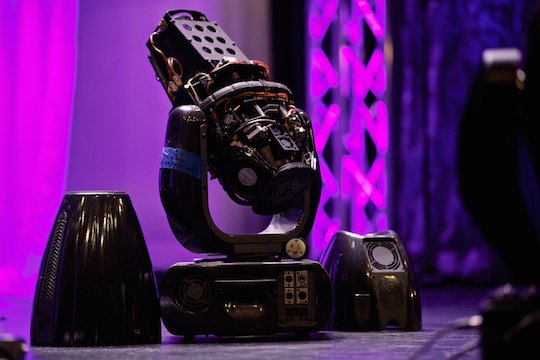
Final Thoughts
LED moving head light fixtures are no doubt a great investment. They will add life to your event and your party will be the talk of the town for months to come. This is why you need to get these lights for your events and follow their maintenance tips regularly. Maintaining them regularly will not only give you great results but will also increase the life of these fixtures.

